*Sh: I love that India is a big country and I love the national anthem.
Sh: Why do we sing the national anthem?
Ash: We sing national anthem to wish India*
This opened up an opportunity to discuss about the geography of India. The States, union territories and their capitals. How big India was before Independence and how big is it now and a little about the national anthem.
*Ana: I love that freedom fighters fought for our country*
This led us to discuss about who did the freedom fighters fight against and why? Why did the British East India company come to India? Who were the freedom fighters and how did they fight (Violence and Non violence)?
*Em: everywhere I travel in India, I love the buildings*
This led us to discuss about the famous monuments or heritage towns in India.
*Aad: I love India because it's colorful*
This opened up an opportunity to talk about the diversity in language, food, clothing, culture etc. And how inspite of our difference we love each other.
*Tan: I love India because it's beautiful*
*Abh: But, there are also people who litter in India*
This statement ignited a spark in the class and everybody seemed upset and concerned.
Facilitator: Why do you think people litter in India.
Abh: Because they are bad people.
Facilitator: It is? Sometimes in class we forget to follow ground rules, does that make us bad people?
Class: No, they just don't know the ground rules.
Facilitator: what do you think we should all do about this?
Tan: When somebody litters we can take it and throw in the dustbin.
Facilitator: Do you think they will learn if we pick up all the garbage for them? Is it possible for us to pick up all the garbage in India?
Ved: We need to clean our roads.
Abhi: We need to have more bins on the pathways.
Avy: We need to have poop bins for the dogs on the streets.
Adi: If you don't find garbage bin, keep it in a bag and throw it when you see a dust bin.
Post this discussion, children began reporting about littering incidents they come across on a daily basis while traveling from school to home and other places.
Noticing the concern and the spark in children to make a change, the facilitator gave them a choice to come up with ways to educate people on keeping India clean.
Few suggestions they came up with were-
1. Role play
2. Making placards
3. Making videos
4. Writing letters
Considering all their suggestion the facilitator helped them thread through a mime which they performed to educate their parents on Independence day. They also went about and wrote letters to people they see littering the streets.
Contributed by Yashika CG, Facilitator, Sparkling Mindz Global Preschool
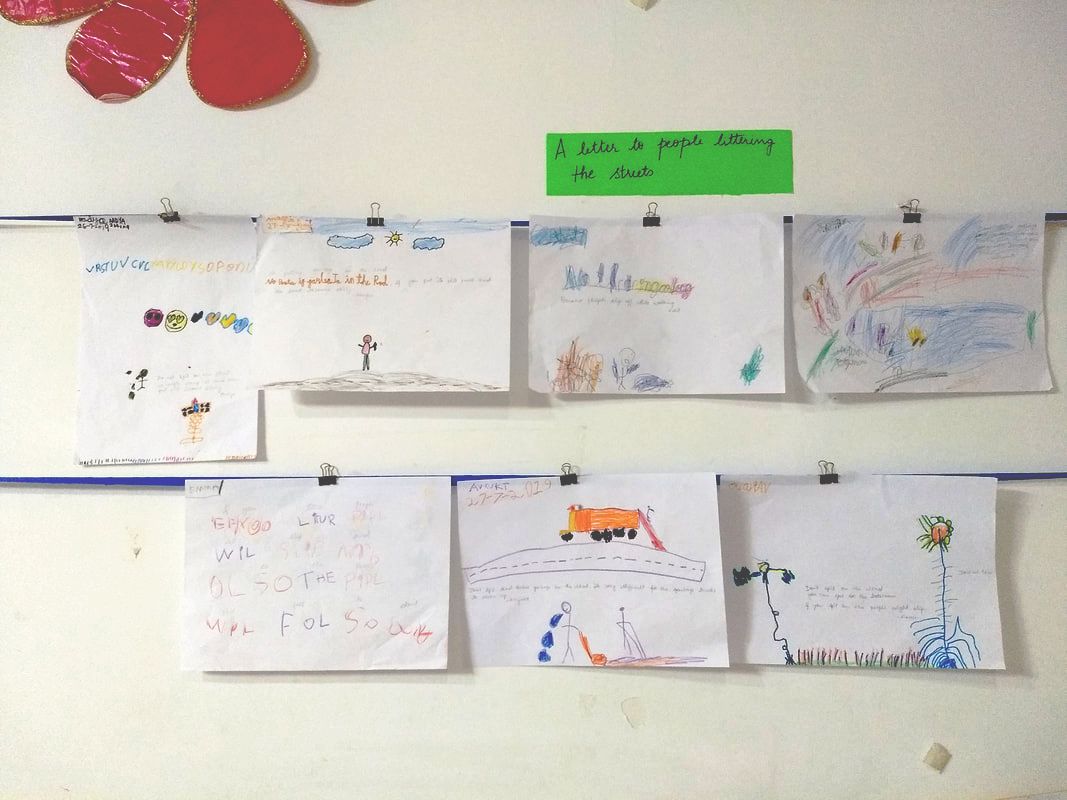
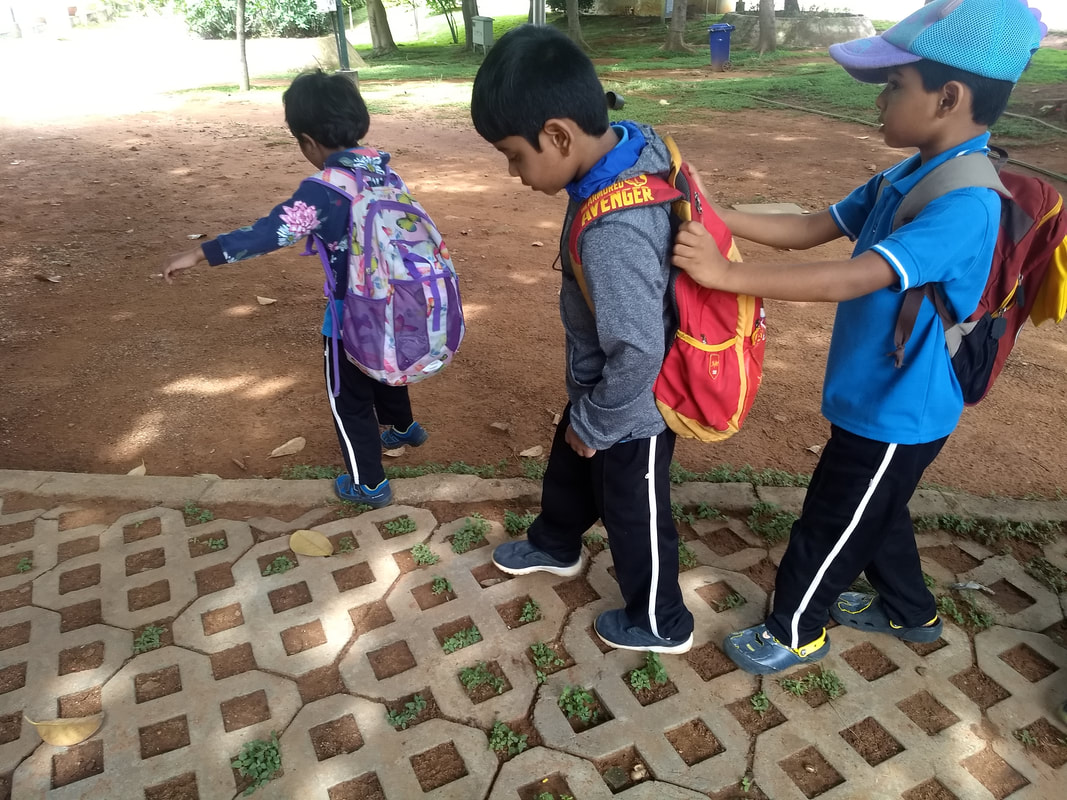

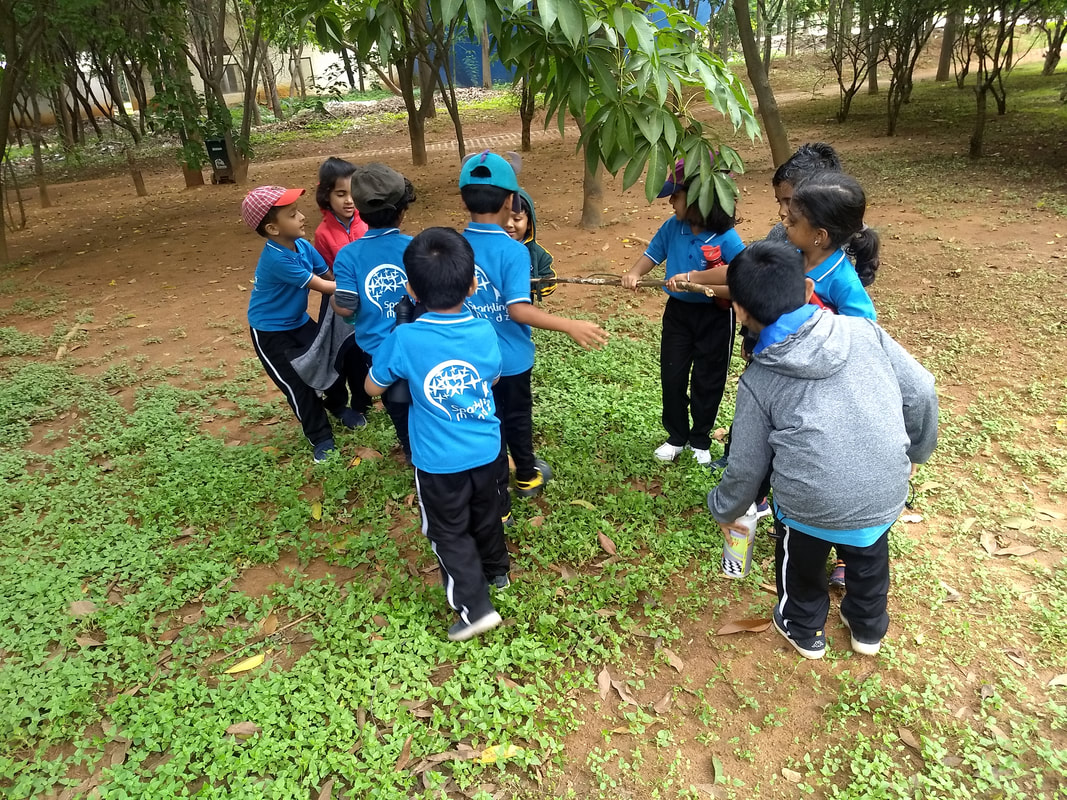
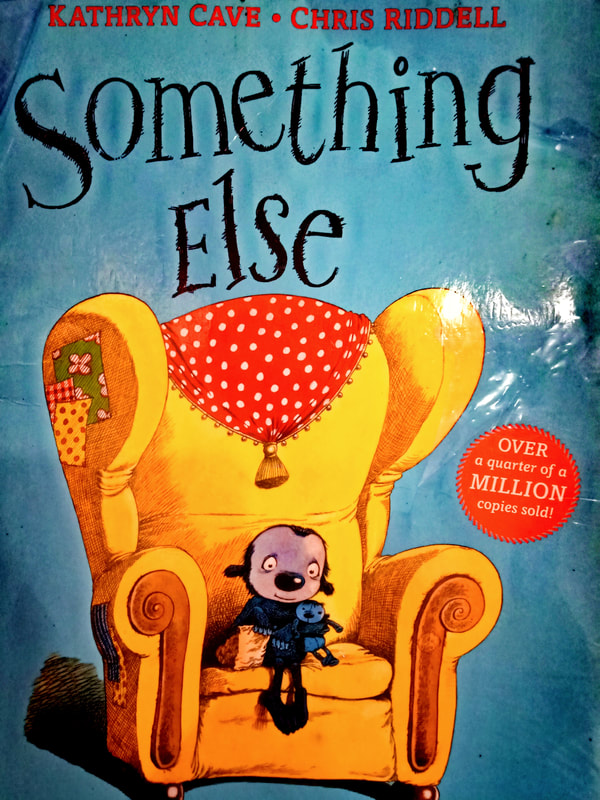

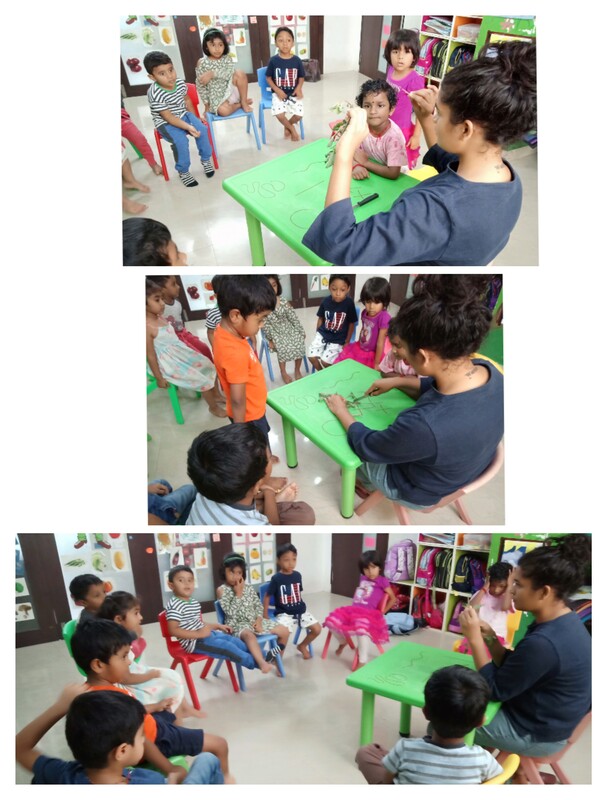
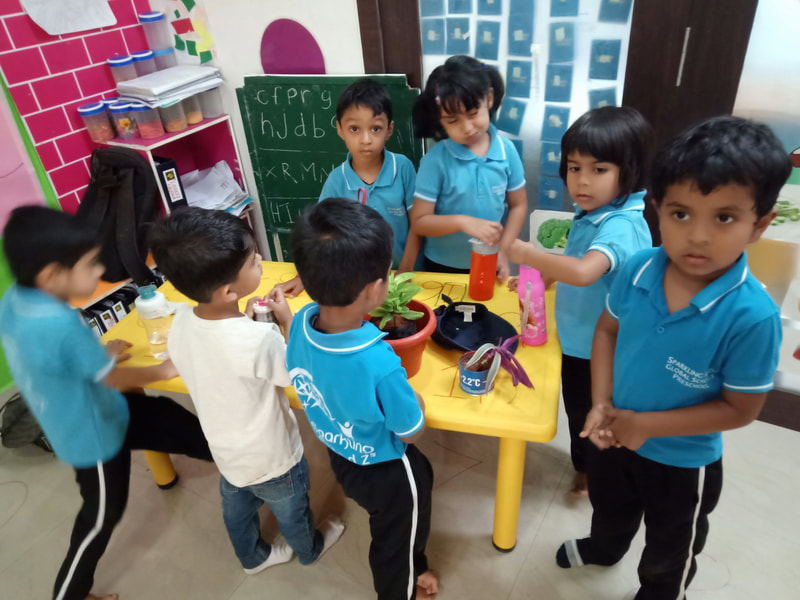
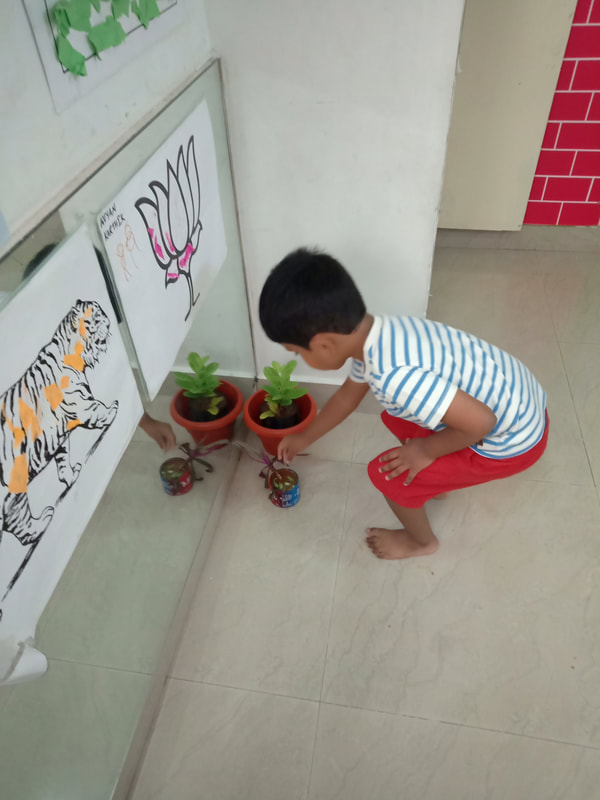
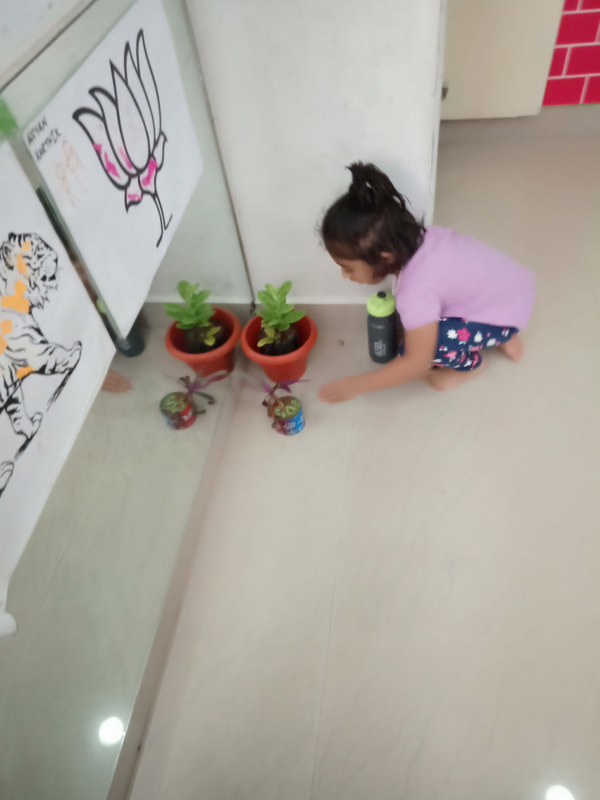

 RSS Feed
RSS Feed